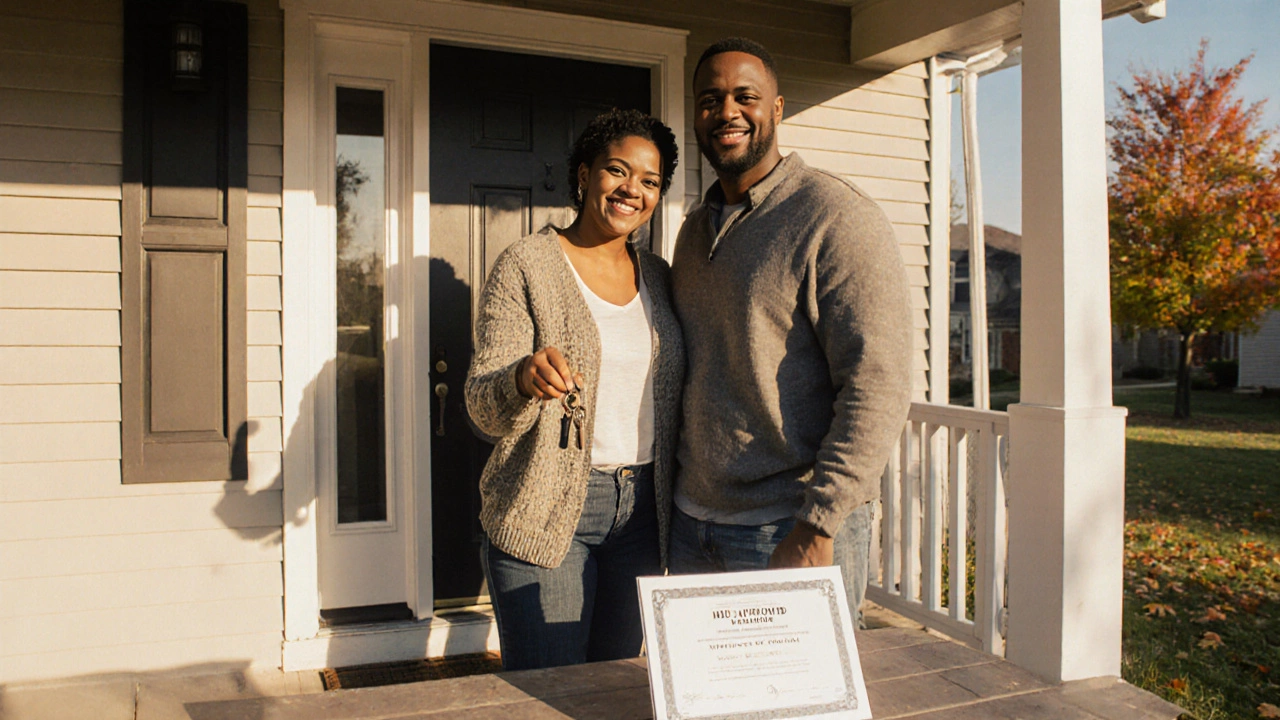Learn who qualifies for first-time home buyer programs in Ohio, including income limits, required education, down payment help, and how to apply. Get the facts on grants, tax credits, and loan options available in 2025.
Ohio First-Time Buyer Programs: Grants, Down Payment Help, and How to Qualify
When you're buying your first home in Ohio, a state offering targeted support for new homeowners through state-funded programs and local partnerships. Also known as Ohio first-time homebuyer assistance, these programs are designed to lower the barriers to homeownership—especially for people with limited savings or modest incomes. Many people assume you need 20% down to buy a house, but in Ohio, that’s not the case. Programs like the Ohio Housing Finance Agency (OHFA), the state’s main provider of affordable mortgage products and down payment grants for first-time buyers offer loans with as little as 3% down, plus up to $7,500 in forgivable grants for closing costs. These aren’t loans you pay back—if you stay in the home for five years, the grant disappears from your balance.
What makes Ohio’s programs stand out is how they connect with other support systems. For example, if you’re a teacher, nurse, or first responder, you might qualify for extra help through the Ohio Homebuyer Assistance Program, a targeted initiative offering additional funds to essential workers buying in certain counties. There’s also the Mortgage Credit Certificate (MCC), a federal tax credit that lets you claim a percentage of your mortgage interest as a dollar-for-dollar reduction in your income tax. That means more cash in your pocket each month, which can help you qualify for a bigger loan. You don’t need perfect credit—many programs accept scores as low as 620, and some even work with past bankruptcies or foreclosures if you’ve rebuilt your financial standing.
These programs aren’t just for big cities. Whether you’re looking in Columbus, Cleveland, Toledo, or a rural town, Ohio’s assistance is available statewide. You’ll need to complete a homebuyer education course, which most lenders require and many nonprofits offer for free or under $100. The key is applying early—funds are limited, and some programs run out within weeks of opening. What you’ll find below are real guides that break down exactly how much money you can get, what income limits apply in your county, which lenders work with these programs, and how to avoid common mistakes that delay approval. No fluff. No jargon. Just what works for people in Ohio who are buying their first home.
